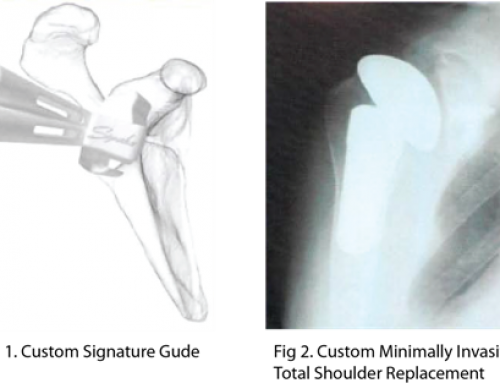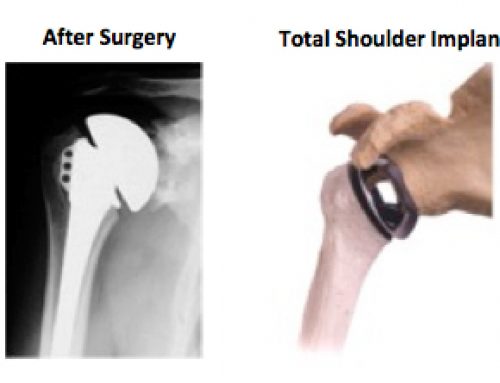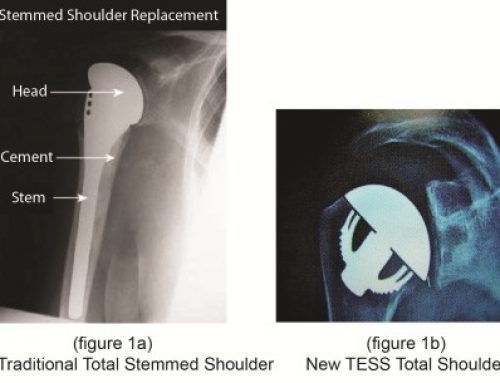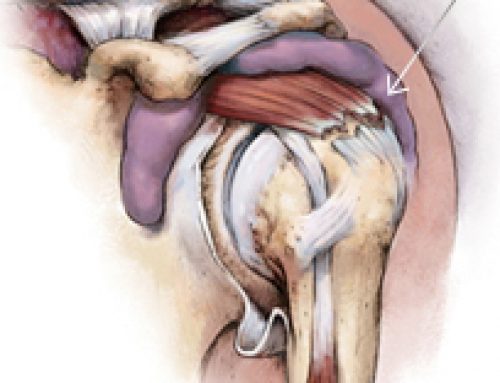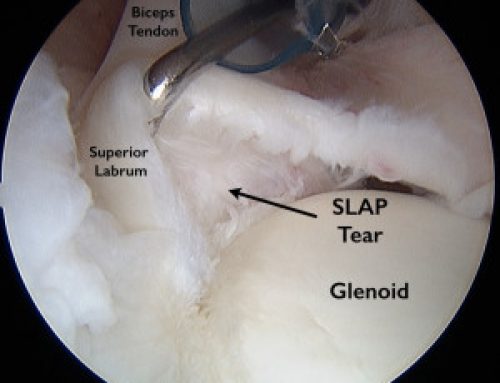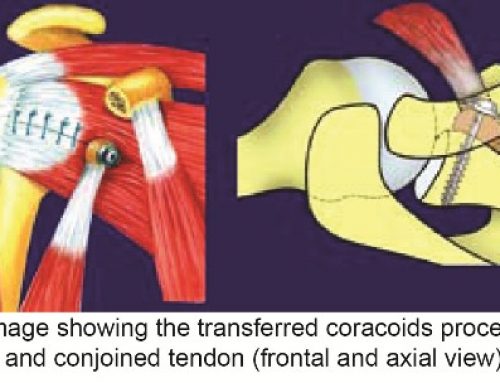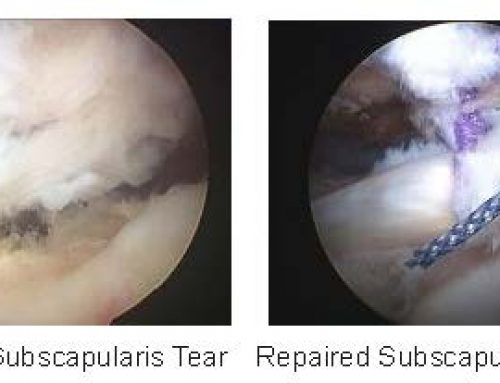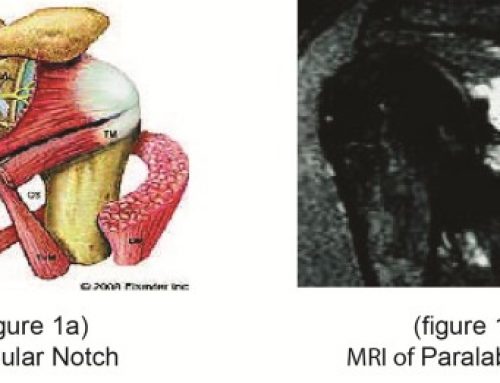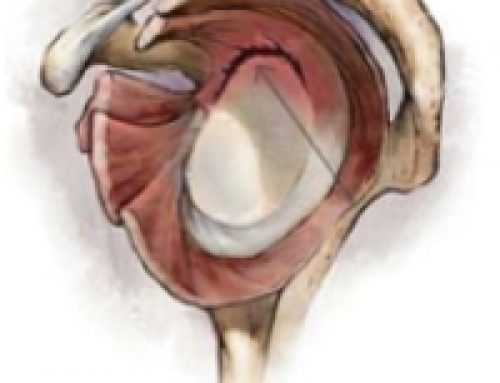New Option for Shoulder Replacement Surgery
by Dr. Richard Bartholomew
Reverse Total Shoulder Replacement
Every year, thousands of shoulder replacements are performed in the United States to help alleviate pain and restore arm and muscle function. Some patients may have shoulder replacement surgery because they are suffering from severe arthritis in combination with a tear in their rotator cuff, the group of four tendons that attach the four shoulder muscles to the upper arm.
What is Reverse Total Shoulder Replacement?
For patients who have arthritis with an intact rotator cuff or a small reparable rotator cuff tear, the standard shoulder replacement surgery works well. But for patients with severe shoulder arthritis, who have rotator cuffs torn beyond repair, the options are limited, and conventional shoulder replacement isn’t always beneficial. A significant portion of the rotator cuff is needed to function correctly with a standard replacement. With a massive rotator cuff tear, this is not possible – there is nearly a complete loss of the function of the rotator cuff. However, these patients now have a new option for shoulder replacement surgery. This procedure is called reverse total shoulder replacement.
Reverse Total Shoulder Arthroplasty
Reverse Total Shoulder Arthroplasty makes better use of the large triangular deltoid muscle covering the shoulder joint (fig 1b). The deltoid is responsible for shoulder motions to the front, side, and back. The procedure uses specific implants specifically designed for use in patients with non-functional rotator cuffs and arthritis, but who still have a good, functioning deltoid muscle.
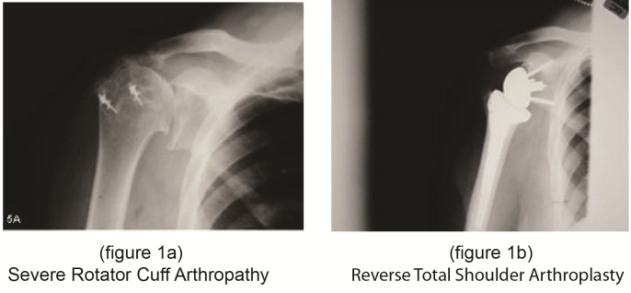
What is Reverse Total Shoulder Replacement?
Reverse total shoulder replacement is a unique procedure that completely changes the structure of the joint. In reverse total shoulder replacement, the socket and metal ball are reversed. The implant places the metal ball onto the shoulder blade and the socket onto the top of the upper arm bone. By shifting the center of rotation, the strength needed to move the arm is turned away from the damaged rotator cuff muscles and transferred to the healthier deltoid muscle.
In this way, the reverse shoulder can substitute for the lost function of the rotator cuff. In this procedure, the general shape of the shoulder remains the same even though the ball and socket are reversed.
After the Shoulder Replacement Surgery
Following shoulder replacement surgery, patients immediately start physical therapy by doing simple stretches to get used to their new shoulder which allows the tissue in the shoulder to heal and the pain to decrease. Patients begin restoring passive motion during the first six weeks after surgery. After that, they start strengthening the muscles.
We see great results with an increased range of motion and pain relief with this procedure. This procedure isn’t suitable for everyone who needs shoulder replacement surgery. The best way to find out if you qualify for this procedure is to schedule a consultation with Dr. Bartholomew.
Dr. Bartholomew treats painful shoulder conditions such as bursitis, tendonitis, calcium deposition, advanced arthritis, rotator cuff tears, and frozen shoulder.

